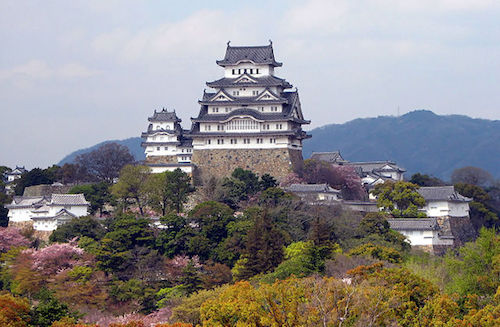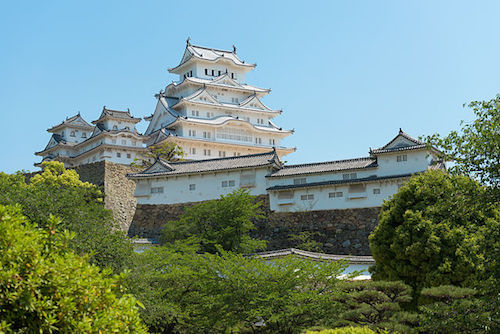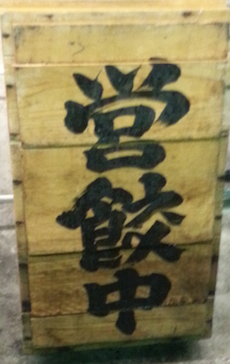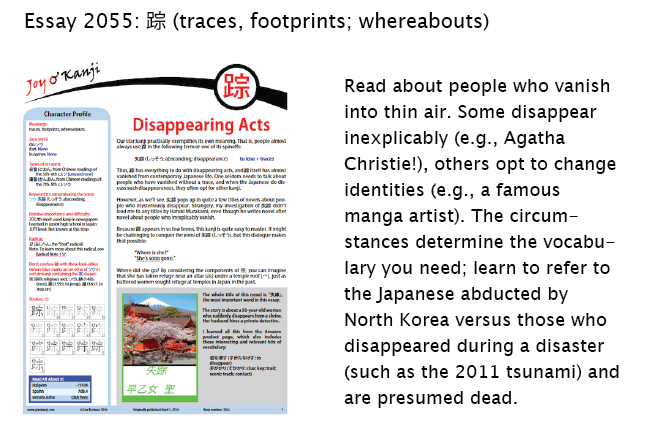At Play
The best thing about kanji is playfulness. The best thing about life is playfulness. Thus, kanji = life. Do I have that logic right?!
Thursday was one of the busiest workdays of the year, what with the newsletter due to go out that day, payday for all my proofreaders, and preparations for my usual Friday and Saturday postings, plus a bit more. An out-of-town friend decided that that was the day to pay me a visit, and I couldn't really say no because, well, she was coming from out of town. So instead of hunching at a computer for hours, I ended up wandering through the woods with her and my two new dogs for hours, jumping through mud puddles, walking alongside a burbling brook, and looking at majestic Mount Tamalpais in the distance. As we passed under eucalyptus and bay trees, I had an "aha!" moment. It came to me in a vivid way that there's more to life than work. Play is essential. That's certainly been said before, but it's something I too easily forget amid all the things one simply has to do.
So it is with kanji. People labor and study and fuss and fret about stroke order, readings, meanings, and everything else, when if they only played, they would absorb so much more. The relaxed mind is the one that learns best. (So says my dog trainer, and because I'm wholly dependent on her to turn my wild beasts into mannerly creatures, I'm hanging onto her every word right now!)
Unexpectedly, some playfulness came my way this week during a discussion about mortar, of all things. My proofreader shared a fun story about Himeji Castle in Hyogo Prefecture on Honshu, which has long had a second name:
白鷺城 (しらさぎじょう: White Heron Castle) white + heron + castle
A book about the castle presents four theories about the nickname, in which 鷺 is non-Joyo:
• Himeji Castle is on Sagiyama Mountain (鷺山, さぎやま).
• The name comes from the beautiful white exterior walls.
• Many white herons have lived there.
• The name contrasts this castle with Okayama Castle, known as 烏城 (うじょう: Crow Castle) because of its black walls. If that sounds familiar, it may be because essay 1824 on 堀 (moat; canal) contains a picture of Matsumoto Castle, and that black tower is also called Crow Castle!
Anyway, a long restoration process returned Himeji Castle (especially the roofs) to its original whiteness—a blinding whiteness, as some saw it. People gave the place a new nickname:
白すぎ城 (しろすぎじょう: Castle That's Too White) white + castle
In other words, しらさぎじょう changed to しろすぎじょう. Tweaking a Japanese word in even the most minor ways can produce wonderful results!

Photo Credit: Bernard Gagnon
Here's how the castle looked in 2008, before the restoration. Note the gray roofs.

Photo Credit: Niko Kitsakis
And here's how the restored castle looked in May 2015 when it reopened to the public. The roofs have become white! Incidentally, the walls have since grown darker, though they're still quite white.
My favorite Japanese wordplay is the story of an American celebrity who drank heavily on the plane to Japan and was wasted when he arrived. To describe his condition, someone played with these two terms:
酔っ払い (よっぱらい: drunk)
来日 (らいにち: coming to Japan)
Combining the yomi (よっぱらい + らいにち) produced this brilliant concoction:
よっぱらいにち (coming to Japan drunk)
Whenever I'm struggling to think of 来日, I remember this joke, and I'm able to access 来日 immediately!
For more fun of this sort, I'll present the contest from the latest newsletter. What's the wordplay in the following image:

Photo Credit: Lutlam
Send me the answer (using the contact form on this site) and win credit toward Joy o' Kanji essays!
I haven't finished playing for the day, so I'll end with a Quick Quiz. What do you think this term could mean:
管弦楽団 (かんげんがくだん) tubes + strings + music + group
I'll block the answer with a preview of the newest essay:

The answer is that 管弦楽団 (かんげんがくだん: tubes + strings + music + group) means "orchestra"!
Have a great weekend! And remember to go play!

Comments